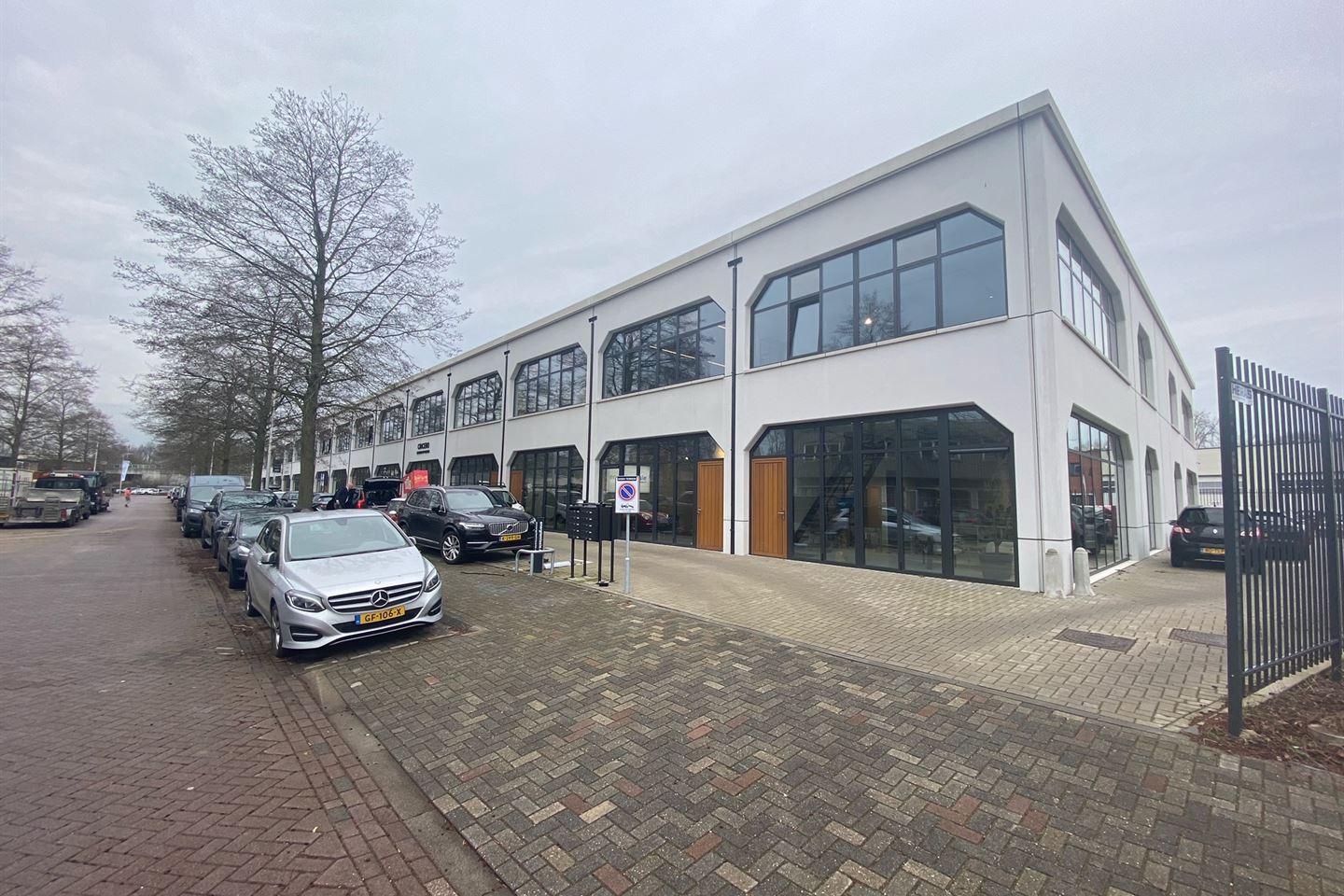Conclusions based on real Agile Scrum examples and Agile Scrum experiences.
“Agile is new, waterfall is old”. “In order to deliver (IT or not) services and products faster, you have to work Agile” I hear almost every day in my consultancy assignments and training courses. Note: Agile does not have to be Scrum (see e.g. also Agile PM, PRINCE2 Agile, Devops,…). We are now quite a few years further with these exponentially increased methods, what conclusions can we draw from this? A few statements and my reaction based on experience from practice and stories from training.
- “Agile/Scrum is new, waterfall is old”: heard a lot, but a wrong thought. Agile is probably the most intuitive way of working and I assume that this method was also used by our distant ancestors to carry out projects in small teams. With respect to my own experience I was already working with our development teams in the 90s of the last century in this way: Rapid Application Development (or RAD), Joint Application Development (JAD) and several other variants were used to deliver pieces of software in an iterative and incremental way. Adding the term Agile is therefore partly “new wine in old bottles”, which is not an argument against Agile, by the way.
- “Agile is always possible”: This needs to be nuanced. Agile Scrum, for example, requires a number of conditions to be used properly. If these conditions are NOT met, you will EITHER modify your organization so that you can use Agile methods or use another method. PRINCE2 Agile® uses the so-called “Agilometer” to test whether your organization satisfies these conditions sufficiently to use Agile methods (or PRINCE2 Agile). Agile PM (or DSDM) has a similar tool: the Project Approach Questionnaire. Although these last 2 methods are still fairly flexible, Scrum is fairly rigid in adapting the method. Before you start, ask yourself whether you as an organization meet these conditions or what you still need to do before you can work with Scrum.
- “Agile is always desirable”: Let me be clear here: NO. In continuation of the previous question. The organizational effort you have to make to enable Agile Scrum is sometimes enormous (and sometimes very small). Think of important culture changes, creating small teams that preferably have to work in 1 location and “dedicated” (or dedicated) to projects, etc.: this is simply not always easily possible. So make a good business case, in which you map out risks in addition to costs and where the benefits are not always so obvious. In practice, many bite organizations broke their teeth on this!
- “Agile is a fad”: I do not think so. Agile is in many cases the best choice. You cannot (properly) plan the unplannable and you should therefore not try to: this is not only a waste of your time, but also creates the wrong expectations on the part of everyone involved. Agile therefore proposes a short phasing in which more specific planning is made and carried out gradually. This is also logical and works very well in practice!
- “Traditional methods (waterfall?) no longer make sense”: No, this is not a good idea: where a project is well understood, perhaps because there is a lot of experience, perhaps difficult but in any case predictable, a good design beforehand is probably a better working method, because now everyone "only need to perform”. In such more process-oriented projects (I know this is a dangerously chosen term), waterfall in practice proved to be more effective (result) and more efficient.
Conclusions from my (!) Agile in practice: as anyone who knows me (business) will know: I remain a strong advocate of using the right tools for a specific job. This means that you have the (1) trot must understand, but (2) also the must have a good understanding of different project management methods. The former is difficult but unfortunately I hardly ever find the latter. “I have a hammer, so whatever job you give me, I'm going to hit the hammer (and often badly).” With good knowledge and guidance in the different techniques (Agile methods, PRINCE2, IPMA, ….) the chances to work better and faster in your organization simply increase. Knowledge of 1 method is like understanding a tool: not really useful if you want to be able to do different jobs: use a hammer to hit and a saw to saw: this leads to better results, less costs and also a lot (! ) fewer risks.
Would you like a no-obligation advice about Agile? (consultancy or training)
Then you can always contact D-ICT Solutions via info@dictsolutions.com or 020-2050324.
The author Drs Jean-Yves Depaus has 20 years of experience in Secondment, Interim Management Consultancy and Training and (DICT) with its team of certified trainers, interim managers and coaches is a leader in the field of certified training all over the world in various Project, Process, Service, Quality Management methodologies such as PRINCE2, Agile, Lean Six Sigma, ITIL, ISO, ASL, BiSL, eva


